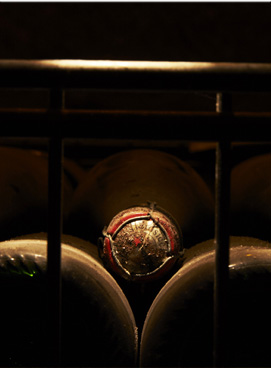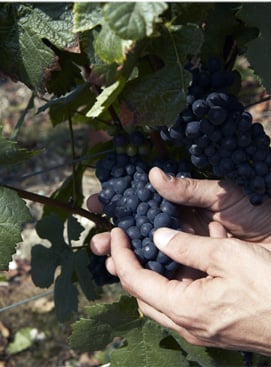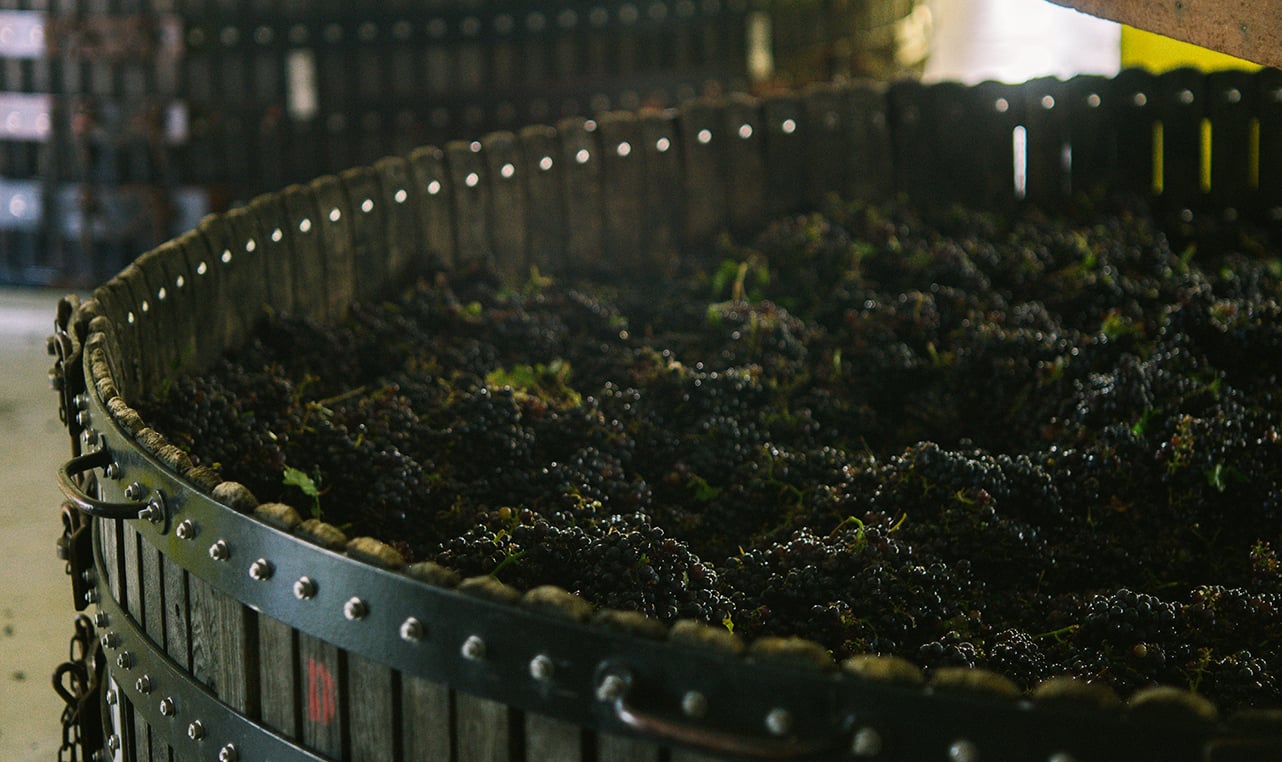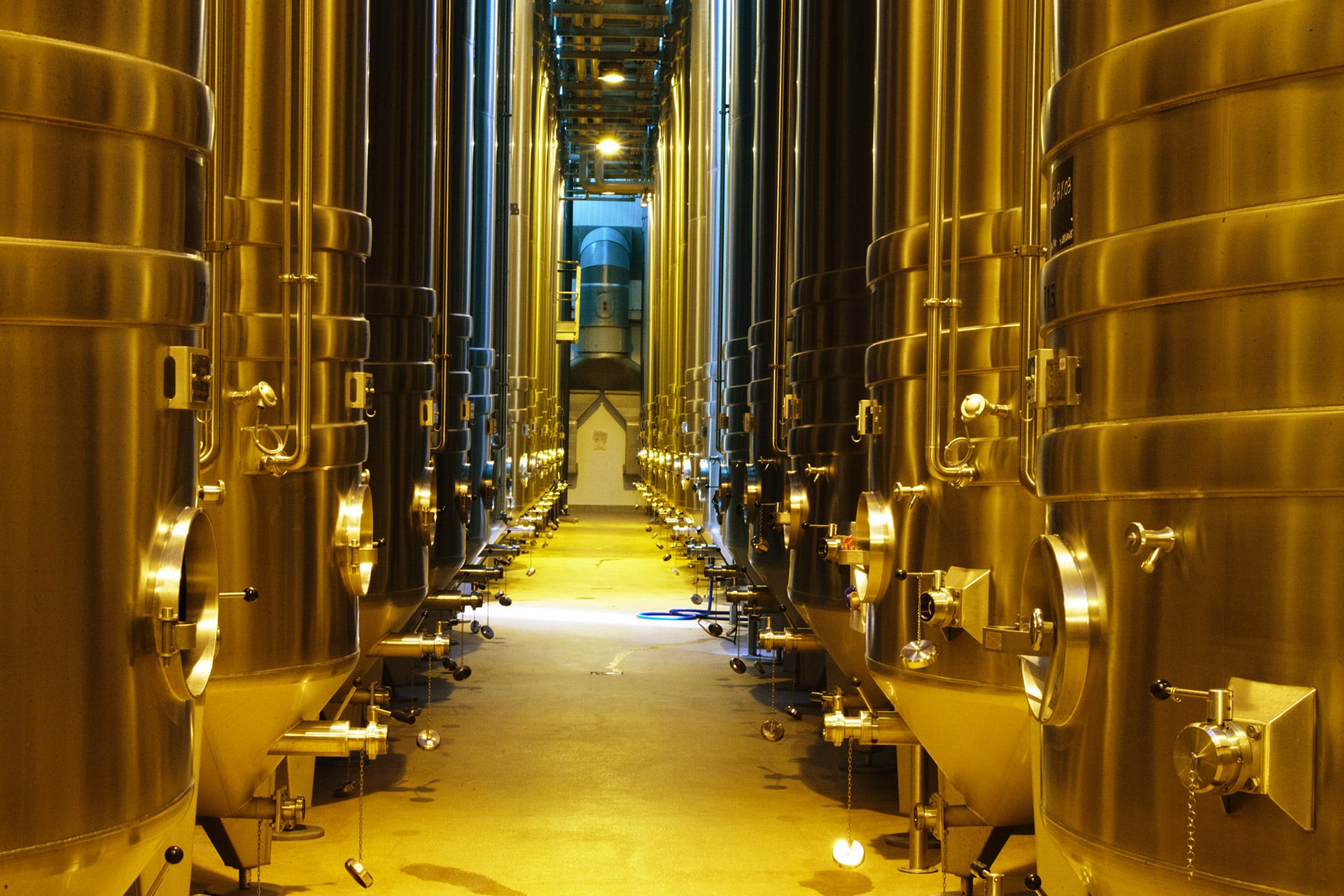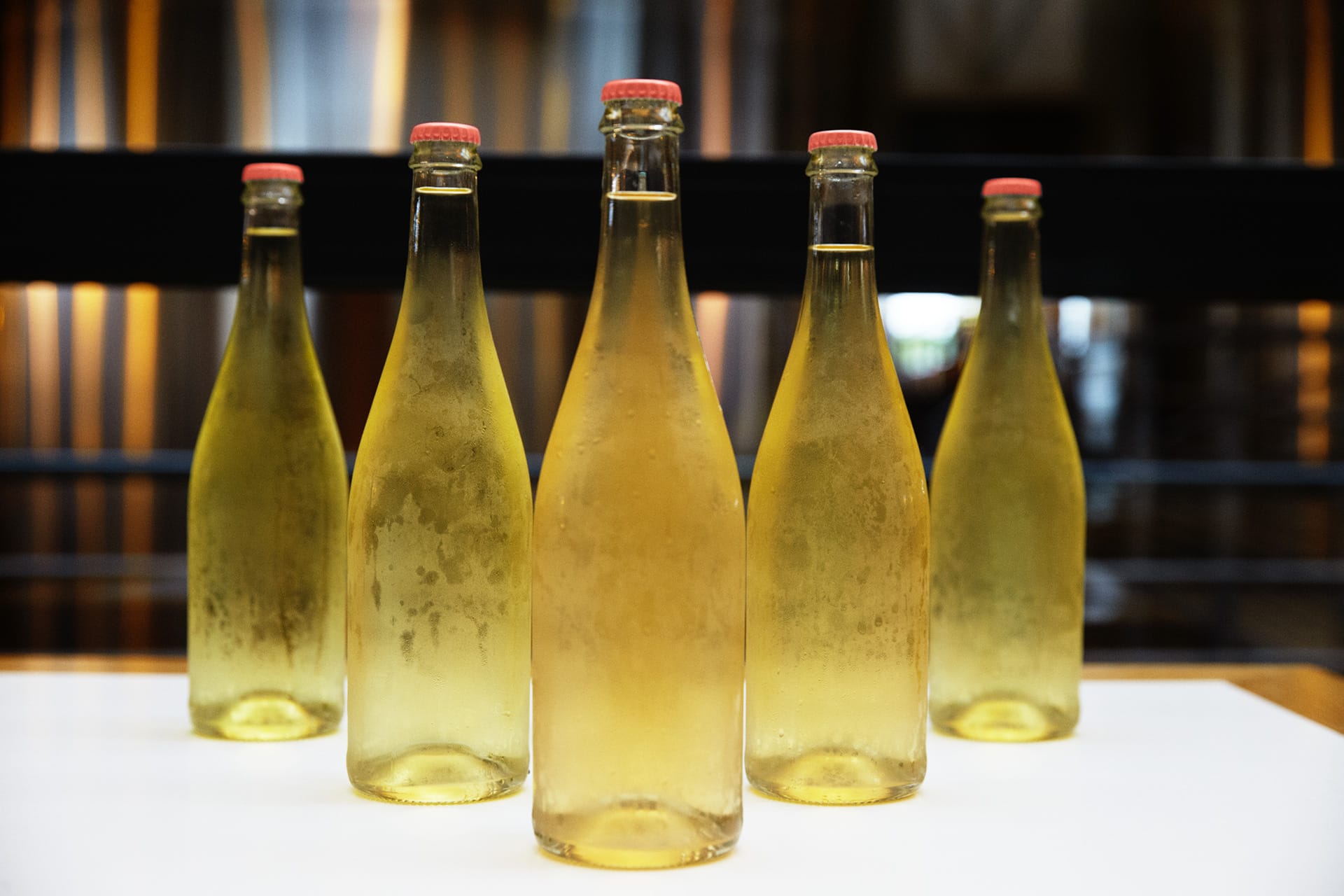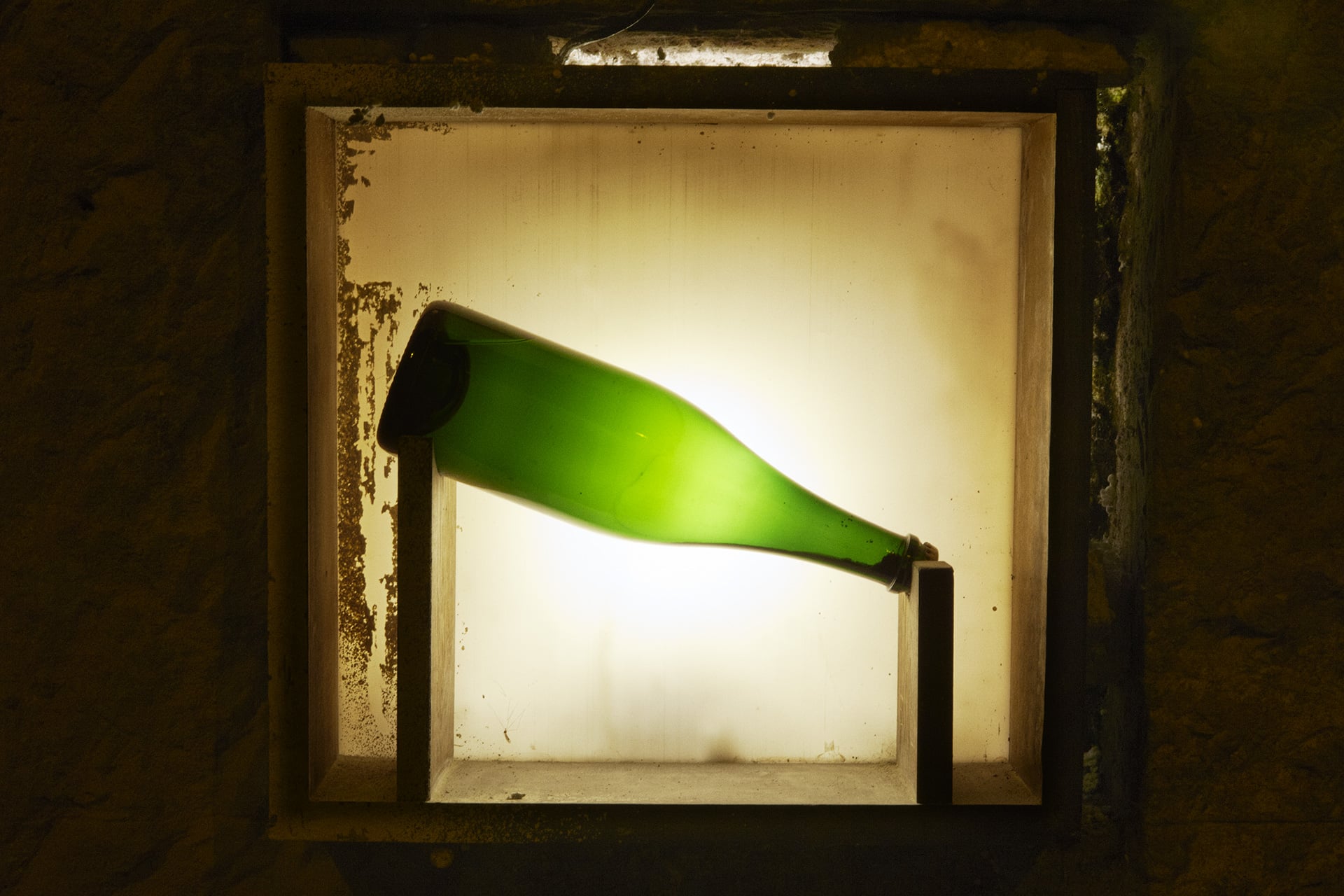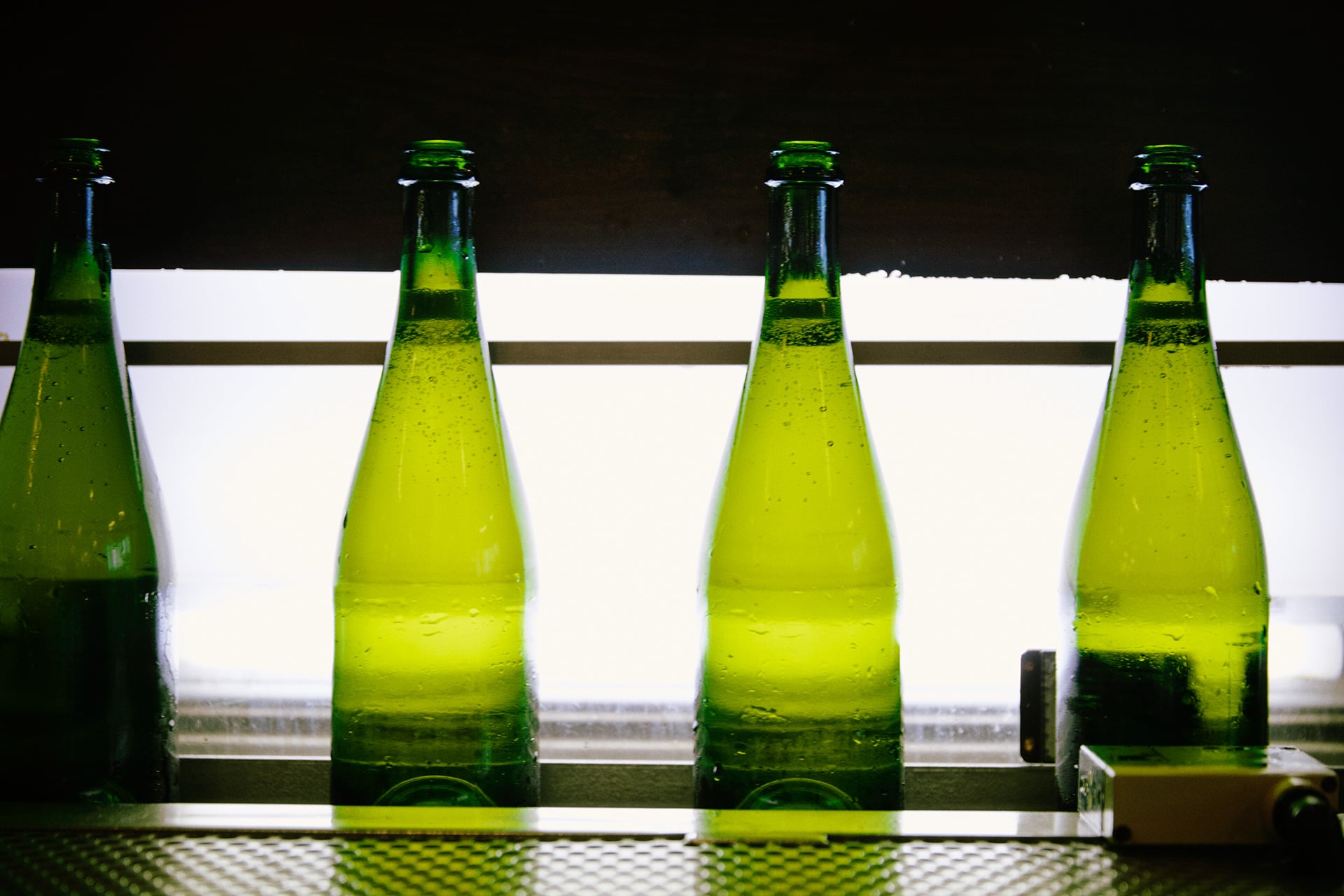Quality at heart
The Excellence
#1
The Unique
Champagne Region
Three predominant characteristics of the Champagne region.
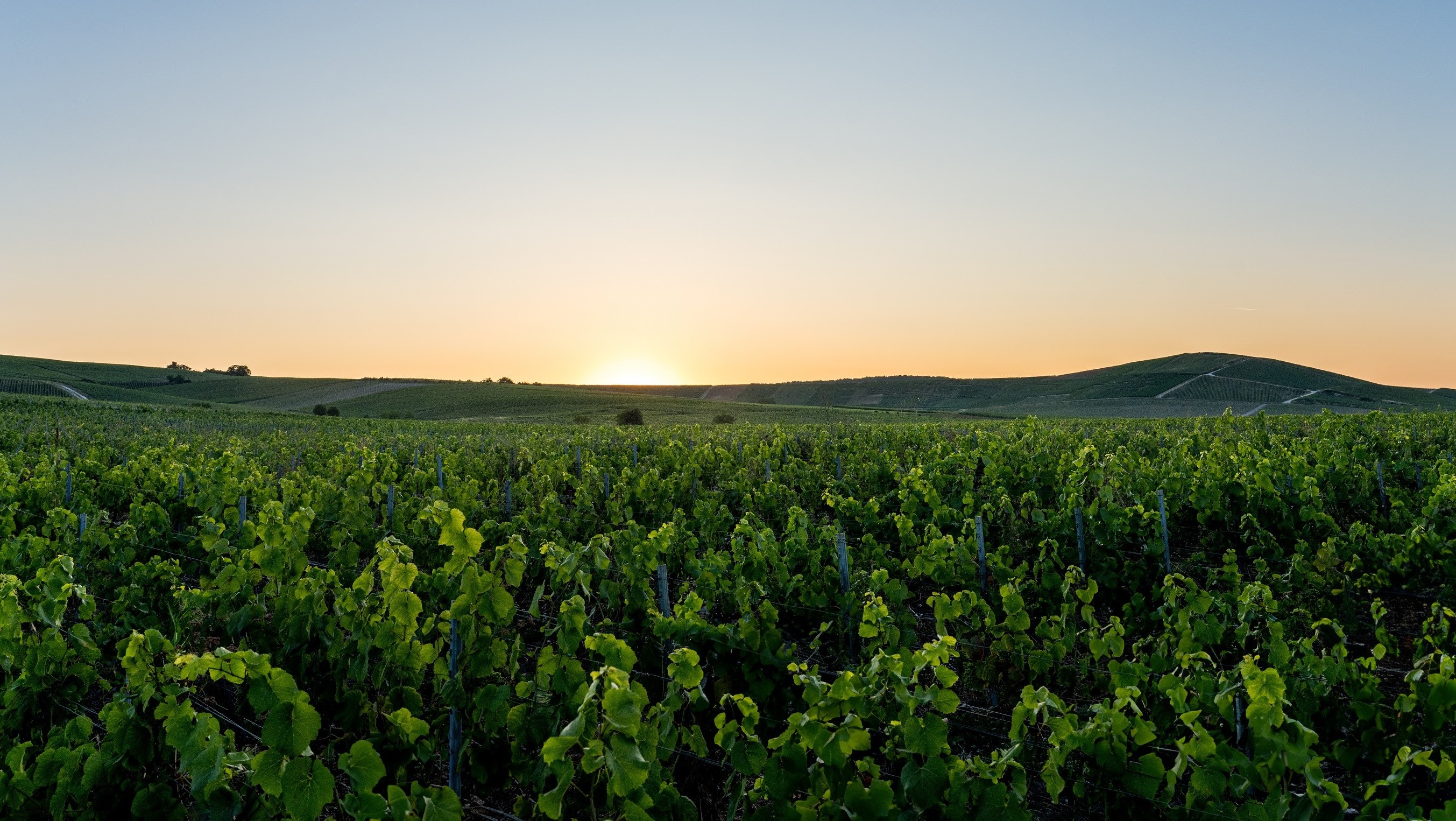
Three predominant characteristics of the Champagne region: the harsh climate with great variations of temperature in winter and summer, the limestone sub-soil, and the hilly terrain ideal for grape-growing. The terroir of this unique land impacts the singularity of every cru. A cru designates a vineyard with specific qualities.
#2
Faithfully Yours
Inspired by this land and its tradition, we produce champagnes composed from 3 grape varieties: Chardonnay (lively and toasty), Meunier (fruity and fleshy), and Pinot Noir (powerful, berrylike), our signature grape variety. Piper-Heidsieck works with exceptional crus located principally in the areas of the Montagne de Reims and the Côte des Bar. Piper-Heidsieck has a special relationship with its winegrowers, the majority of whom are independent partners. Diverse and qualitative, with a unique savoir-faire, some have been working with our Champagne House for 3 generations. An ethical and moral contract of trust, based on a mutual requirement: uncompromised excellence. Learn more here

The Champagne region is a place of social solidarity and craftsmanship; the local economy is nobly traditional, cultural and commercial.
#3
Pinot Noir, the Heart of Our Blends
The Pinot Noir grape variety is Piper-Heidsieck’s signature.
A grape with flavors of berries (blueberries, blackcurrant, red currant…), quince and crusty bread is at the core of our cuvées. Refined, elegant, precise, it provides structure, power and balance to our wines. In the early 2000’s Régis Camus, the Piper-Heidsieck Cellar Master, decided to expand sourcing for the Champagne House, augmenting the number of suppliers and varying the provenance of the grapes, drawing on seldom-used Pinots Noirs from the Côte des Bar area. An audacious choice that has shaped the new personality of Piper-Heidsieck cuvées.

#4
The Intense Moment: Tasting
Every grape variety and every cru is separated and assigned to a wine vat, each of which is controlled by tasting and analysis.
Monitored closely on a daily basis, the fermentation process finishes, and the great moment of wine tasting commences. A meticulous process unfolds as the Chef de Caves and his team identify the characteristics of the wines which will be chosen for assembling the non-vintage years; those which will further endow our precious reserve wine collection; and the extraordinary exceptions which will become future vintage years. This takes place during a period of stress-free yet serene intensity from January until the end of May.
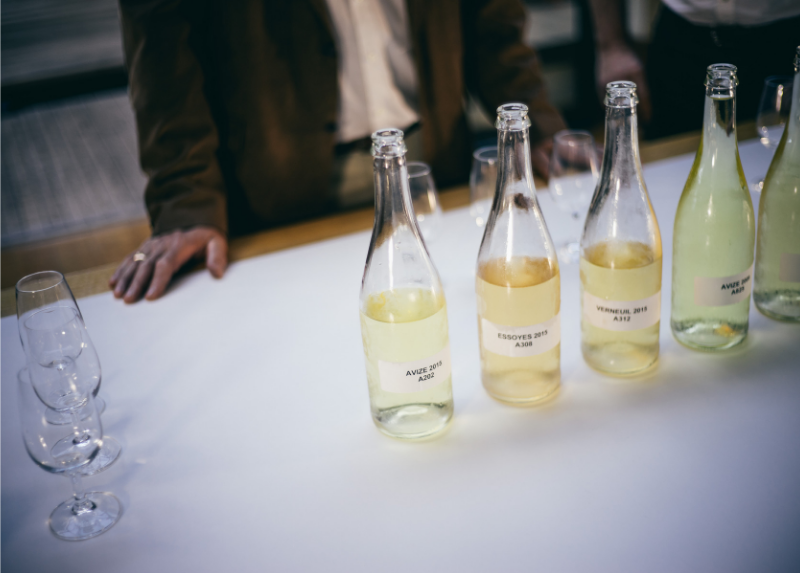
#5
The Piper-Heidsieck Winery, Guardian of Every Cru
Inaugurated in 1995, the Piper-Heidsieck winery is an otherworldly setting of metallic walkways, shiny stainless steel and smooth curves.
This impressive sanctuary shelters different sizes of thermo-regulated wine vats. At the center of the winery, the 2 towering assembly tanks dominate the brilliant sea of shiny stainless steel. Each cru and grape variety having its own vat, the gentle winemaking process is slow and painstakingly respects the characteristics of every cru. One hundred crus are necessary to elaborate our Cuvée Brut.

#6
The Importance of Reserve Wines
Beginning in 1999, Régis Camus started to set aside reserve wines that would enrich the Piper-Heidsieck blends. These are the wines that are identified every year for their exceptional quality and evolving potential. At the beginning of the 21st century, Piper-Heidsieck resolved to include a greater quantity of reserve wines in the elaboration of its champagnes which would offer spicy, smoky, and toasty notes as well as candied fruit flavours. The addition of reserve wines guarantees the regularity of flavour and homogeneity of the taste of the non-vintage wine from one year to the next. The non-vintage cuvées are composed of reserve wines from more than 10 different harvests.
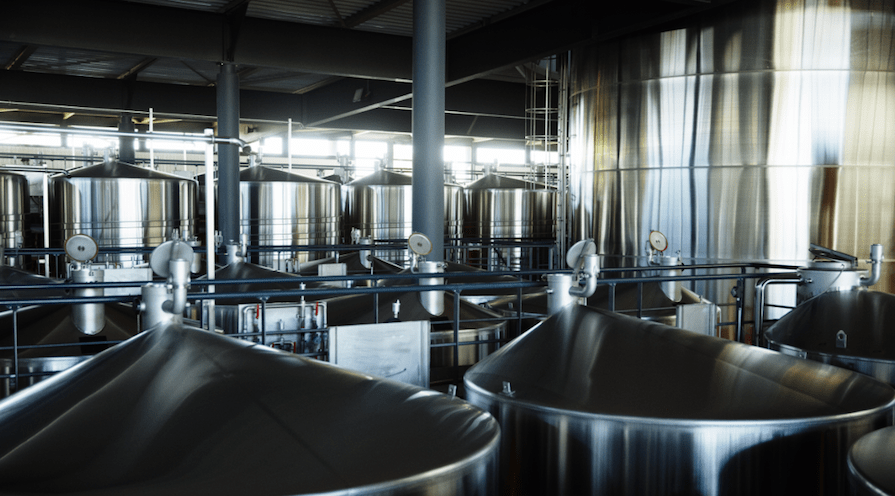
#7
Exceptional Vintage Cuvées
These are extraordinary, remarkable, singular, exceptionally-crafted wines, vintage year haikus.
Each of our vintages has a name because each is unique. In 2006, in Champagne, the year was described as generous in terms of wine profiles, so we called our 2006 vintage “le généreux.” The 2004 vintage, “le marathonien”, is a great athlete: although it was harvested in 2004, it is a lively and tonic wine that has conserved all of its freshness. The original wines are aged in the cellar from 8 to 10 years.

#8
Renowned and Celebrated
Piper-Heidsieck is the most awarded Champagne House of the century.
Régis Camus, our Cellar Master, has been recognised by the International Wine Challenge’s jury as its prestigious “Sparkling Winemaker of the Year” on 8 occasions. Our champagnes are regularly distinguished in international competitions, such as International Wine Challenge or the Mondial de Bruxelles. You can learn more about our Awards on the Wines section.

The making of piper-heidsieck
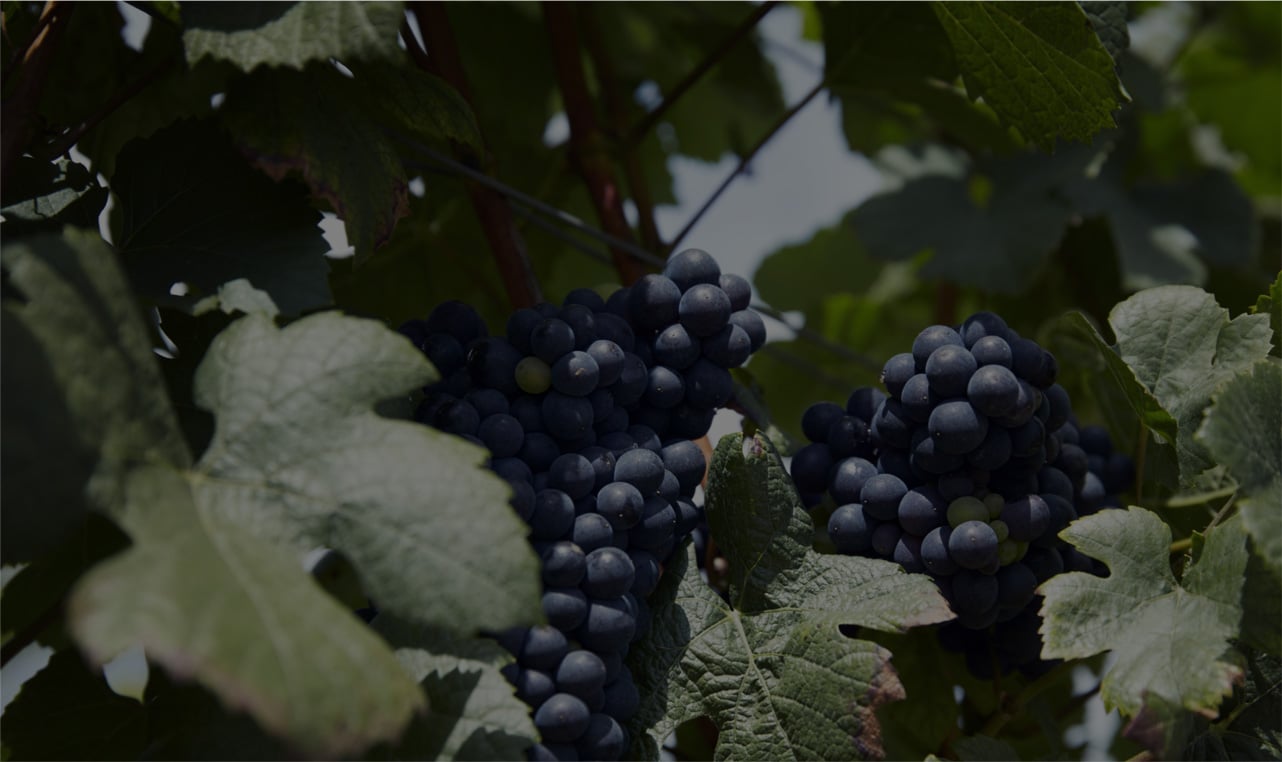
PORTFOLIO
From vine to wine
Harvest
Once the grapes have ripened to achieve a perfect balance of sweet and tart flavours, the harvest begins, usually taking place during September and October. The bunches of grapes are carefully hand-picked, vine by vine, row by row, plot by plot. As champagne is made from the entire fruit gathered during the picking season, bunches are left intact and carefully placed in special crates to avoid crushing. Rapidly transported with the utmost care, the grapes travel to the nearest press.

Pressing
Freshly-harvested Pinot Noir, Pinot Meunier and Chardonnay grapes arrive at pressing centers to be gently crushed, cru by cru and variety by variety, with just the right amount of pressure to extract the juice. Immediately afterwards, the musts are placed in vats for 15 to 20 hours so that all residues (seeds, skin, soil) will naturally filter to the bottom (débourbage). The clear juice or grape must is then transferred to the Piper-Heidseick winery.

Fermentation
The great mystery of juice turning into wine naturally occurs during two distinct phases within the stainless steel wine vats. First, we marvel at the 15-day alcoholic fermentation process during which the grape juice becomes wine, a natural reaction provoking the transformation of sugar into alcohol. This results in still wines called vins clairs. Then, malolactic fermentation transforms malic acid into lactic acid, thus reducing the acidity of the wine. Although malolactic fermentation is optional in Champagne, Piper-Heidsieck adopts this approach, convinced that its role is vital in the elaboration of the particular style of our wines.

Blending
The secret art of the Cellar Master. Throughout the fermentation process, the team of winemakers continues to sample the vins clairs day in day out. Their goal is to find the ideal marriage between the different personalities of each grape variety, wine and cru. The oenological team also depends heavily on the all-important reserve wines which have been so preciously set aside and conserved and which provide the guarantee, year after year, of the extraordinary style, balance and unique quality of the Piper-Heidsieck champagnes.

Effervescence
The second alcoholic fermentation (which takes place inside the bottle) creates champagne’s hallmark effervescence. The liqueur de tirage (a blend of Piper-Heidsieck still wine, cane sugar and yeast) is added to the still wine and a second fermentation transforms it into alcohol… and bubbles. Once refilled, the bottles are sealed with a bidule, a capsule, and placed on lathes in the cellars.

Maturation
The long wait. The slow process of maturing on fine lees, at a constant temperature of 10-12°C, in the dark cellars which have been dug 6 meters into the cool Reims limestone. During this process, the yeast forms a residue and, when the wine comes into contact with this substance, it evolves, revealing personality and acquiring an aromatic complexity. At Piper-Heidsieck the non-vintage cuvées Cuvée Brut and Rosé Sauvage remain in the cellar for 2 to 3 years, Sublime and Essentiel age ‘on lees’ for 4 years, a minimum of 6 years for our vintage cuvées, and 8-10 years for our prestige cuvée Rare.

Riddling
An ancestral gesture. From a horizontal position, the bottles are progressively placed top down or sur pointe, all the while being turned gently. Anywhere from one to several rotations are necessary at 1/4, 1/6, or 1/8 of a swivel. A sediment materializes in the bottle during the prise de mousse/effervescence, slowly collected in the neck of the bottle as the wine becomes completely clear and transparent.

Disgorgement and Dosage
To eliminate the accumulated sediment, the bottle neck is plunged into a -27°C solution thus causing the residue to freeze. The bottle is then rapidly opened and the frozen crystal is immediately ejected by internal pressure. A small quantity of liqueur d’expédition may be added. This is a liquid composed of cane sugar mixed with a wine that will determine the classification of the champagne: Extra-Brut, Brut, Sec, Demi-Sec… The bottle is then corked and placed in the cellar where it will remain for a resting period of several months, permitting the liqueur de dosage to blend with the wine.

Labelling
After cleaning and drying, the bottles are prepared to be dressed, the cap, collar, label and back label all being meticulously positioned in their rightful places. Every Piper-Heidsieck cuvée has its own unique label, inspired by the extraordinary qualities of the champagne inside each bottle.

The unique champagne region

